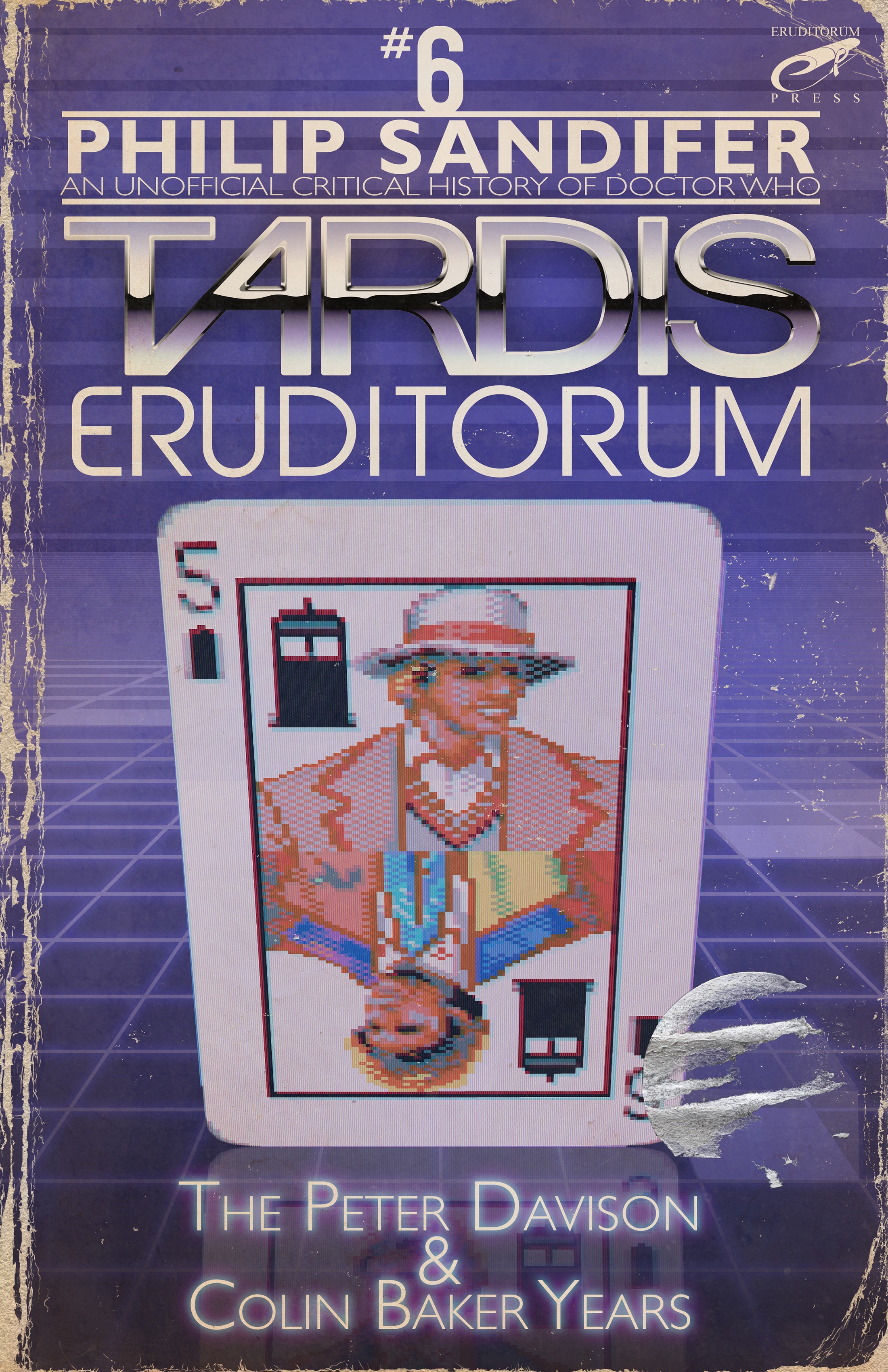And she did it! She went out past Vega, out past Moulquet and Lambard! (The Last War in Albion Book Two Part 11: The Dark Knight Returns)
Previously in The Last War in Albion: After considering various supposed influences that work more on the level of plot and characters, it became apparent that a more helpful theory of influence on Watchmen came in the form of William S. Burroughs, whose theories of language and magic were directly cited by Moore as influences, and actually help explain the book’s strange and vast influence on its world.
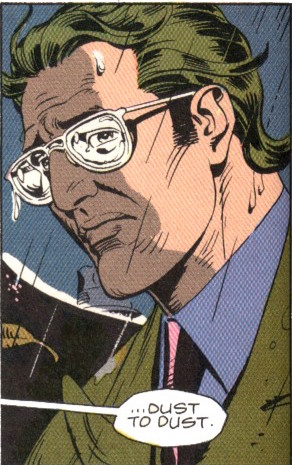 This also helps explain how Watchmen relates to what was, by the mid-80s, a significant body of revisionist takes on superheroes. The most obvious point of comparison here is Frank Miller’s Batman: The Dark Knight Returns, which came out from March to June of 1986, with the final issue coming a week after the first issue of Watchmen. The proximity of the two nuclear paranoia-fueled revisionist tales of aging superheroes, along with a wealth of news articles that cited them, along with Art Spiegelman’s Maus as heralding a new, mature era for comics (usually, as famously noted by Neil Gaiman, carrying titles along the lines of “Zap! Pow! Comics Aren’t Just for Kids Anymore!”), made them obvious bedfellows, an impression heightened by the fact that Moore and Miller were critical darlings among the same crowds.
This also helps explain how Watchmen relates to what was, by the mid-80s, a significant body of revisionist takes on superheroes. The most obvious point of comparison here is Frank Miller’s Batman: The Dark Knight Returns, which came out from March to June of 1986, with the final issue coming a week after the first issue of Watchmen. The proximity of the two nuclear paranoia-fueled revisionist tales of aging superheroes, along with a wealth of news articles that cited them, along with Art Spiegelman’s Maus as heralding a new, mature era for comics (usually, as famously noted by Neil Gaiman, carrying titles along the lines of “Zap! Pow! Comics Aren’t Just for Kids Anymore!”), made them obvious bedfellows, an impression heightened by the fact that Moore and Miller were critical darlings among the same crowds.
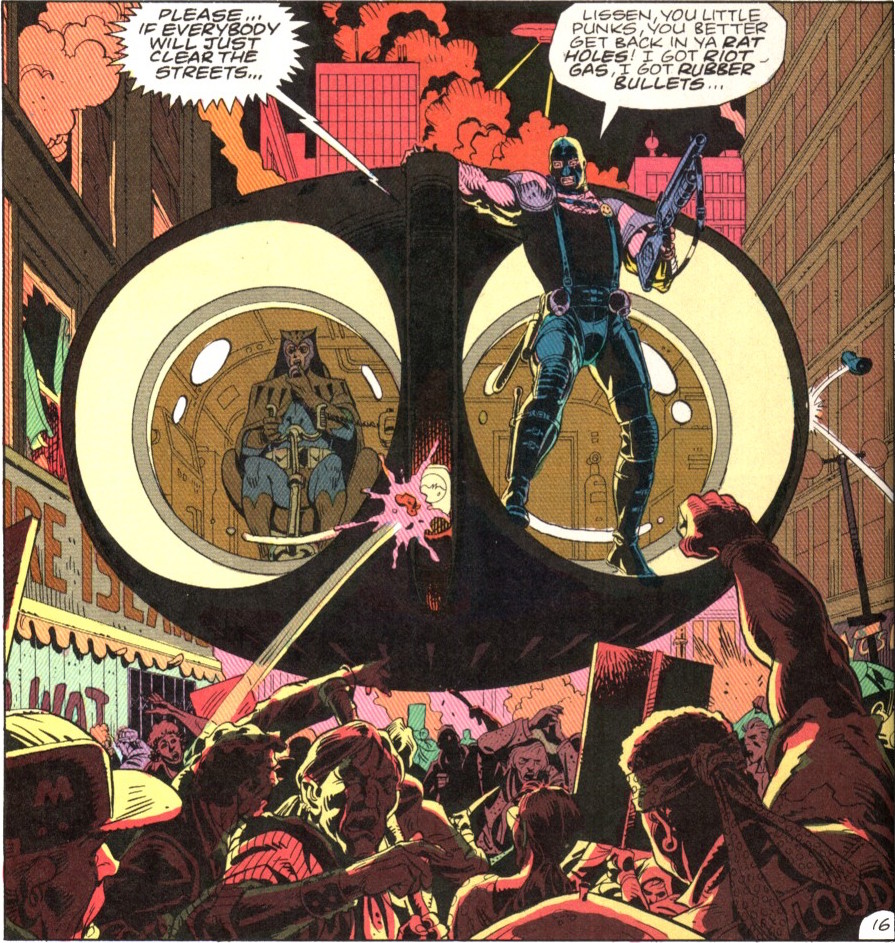 Moore was also a vocal proponent of Miller’s work, and had been since 1983, when he wrote an essay in The Daredevils praising and analyzing the Miller Daredevil run whose reprints headlined the magazine. (He also, of course, wrote “Grit,” a parody of Miller’s Daredevil work, for the same magazine.) Indeed, he wrote the introduction to the first trade paperback edition of The Dark Knight Returns, calling it “one of the few genuine comic book landmarks worthy of a lavish and more durable presentation.” And indeed, the work is a perennial bestseller and a landmark work, although its status as a classic has, in recent years, found itself endangered by a larger shift in Miller’s critical reception brought on in part by his unfortunate late career turn towards crass Islamophobia in works like Holy Terror and his tendency to do things like call the 2011 Occupy protests “a pack of louts, thieves, and rapists” due to their failure to sufficiently oppose radical Islam. And indeed, More has been a part of that turn, proclaiming in 2011 that “Frank Miller is someone whose work I’ve barely looked at for the past twenty years” before going on to criticize the majority of Miller’s work from that period, and suggesting, of his Occupy criticism, that “if it had been a bunch of young, sociopathic vigilantes with Batman make-up on their faces, he’d be much more in favour of it.”
Moore was also a vocal proponent of Miller’s work, and had been since 1983, when he wrote an essay in The Daredevils praising and analyzing the Miller Daredevil run whose reprints headlined the magazine. (He also, of course, wrote “Grit,” a parody of Miller’s Daredevil work, for the same magazine.) Indeed, he wrote the introduction to the first trade paperback edition of The Dark Knight Returns, calling it “one of the few genuine comic book landmarks worthy of a lavish and more durable presentation.” And indeed, the work is a perennial bestseller and a landmark work, although its status as a classic has, in recent years, found itself endangered by a larger shift in Miller’s critical reception brought on in part by his unfortunate late career turn towards crass Islamophobia in works like Holy Terror and his tendency to do things like call the 2011 Occupy protests “a pack of louts, thieves, and rapists” due to their failure to sufficiently oppose radical Islam. And indeed, More has been a part of that turn, proclaiming in 2011 that “Frank Miller is someone whose work I’ve barely looked at for the past twenty years” before going on to criticize the majority of Miller’s work from that period, and suggesting, of his Occupy criticism, that “if it had been a bunch of young, sociopathic vigilantes with Batman make-up on their faces, he’d be much more in favour of it.”
This last crack on Moore’s part highlights the specific way in which these later skirmishes of the War echo back upon The Dark Knight Returns, and it is in a way that both shows why Moore viewed it as such a landmark comic at the time and how it is a profoundly different work than Watchmen.…



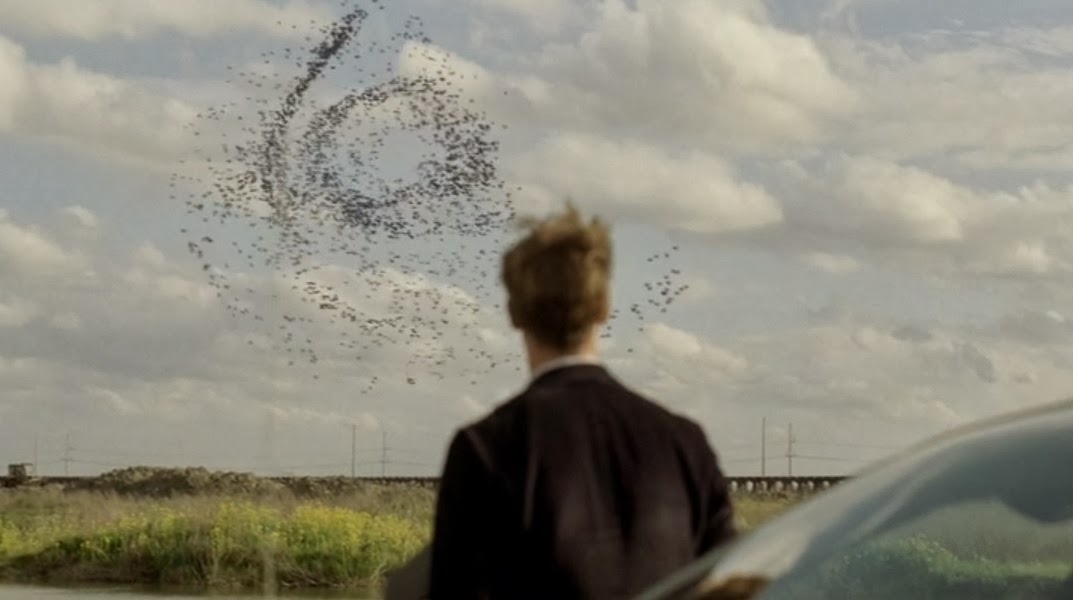 The anthropocene extinction, which Jack quite reasonably argues should be called the capitalocene extinction, is by some margin the most urgent philosophical issue facing humanity today. So let’s talk about a pretentiously well-directed television show that purports to be a crime drama, but is really just a vehicle for two men to urgently discuss the nature of the universe.
The anthropocene extinction, which Jack quite reasonably argues should be called the capitalocene extinction, is by some margin the most urgent philosophical issue facing humanity today. So let’s talk about a pretentiously well-directed television show that purports to be a crime drama, but is really just a vehicle for two men to urgently discuss the nature of the universe. 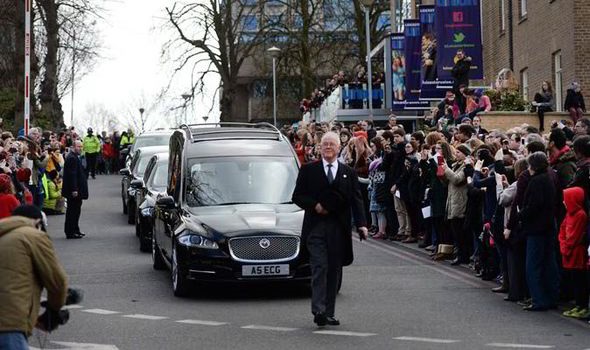 This year, the English have been making fools over themselves over a posh dead guy. Wow, there’s something you don’t see every day. Sorry, did I say that’s something you don’t see every day? Silly me, what was I thinking? I meant, of course, that that’s something you do see every day. Literally, every fucking day. It’s practically our national pastime; worshipping posh dead guys. When we’re not worshipping posh live guys, that is. Everywhere in England, this is our thing. And Britain generally, if we’re honest… though the rest of the United Kingdom has the excuse that the dead guys (generally posh within their own context) they fawn over tend to at least be people who in some way stood up to English imperialism.
This year, the English have been making fools over themselves over a posh dead guy. Wow, there’s something you don’t see every day. Sorry, did I say that’s something you don’t see every day? Silly me, what was I thinking? I meant, of course, that that’s something you do see every day. Literally, every fucking day. It’s practically our national pastime; worshipping posh dead guys. When we’re not worshipping posh live guys, that is. Everywhere in England, this is our thing. And Britain generally, if we’re honest… though the rest of the United Kingdom has the excuse that the dead guys (generally posh within their own context) they fawn over tend to at least be people who in some way stood up to English imperialism.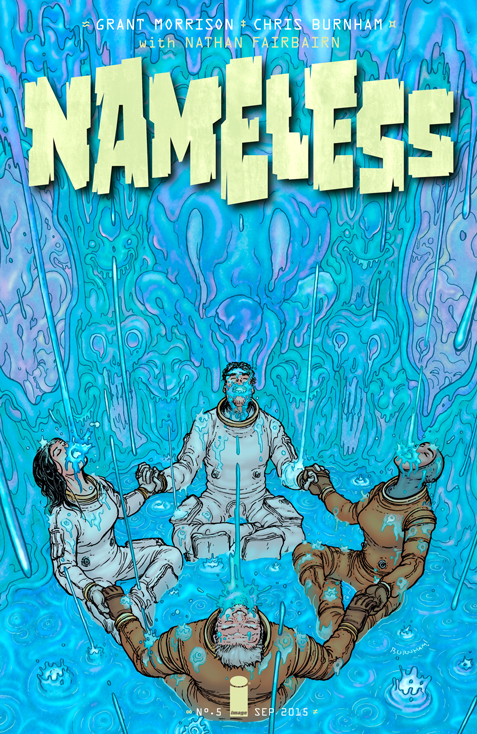 Speaking of reviews, I could use Weird Kitties reviews for Sunday. snowspinner at gmail. Doesn’t have to be long at all; just a recommendation for something Hugo-worthy. (Next up on my reading list, The Dark Forest, but I don’t imagine it’ll be ready for Sunday.)
Speaking of reviews, I could use Weird Kitties reviews for Sunday. snowspinner at gmail. Doesn’t have to be long at all; just a recommendation for something Hugo-worthy. (Next up on my reading list, The Dark Forest, but I don’t imagine it’ll be ready for Sunday.)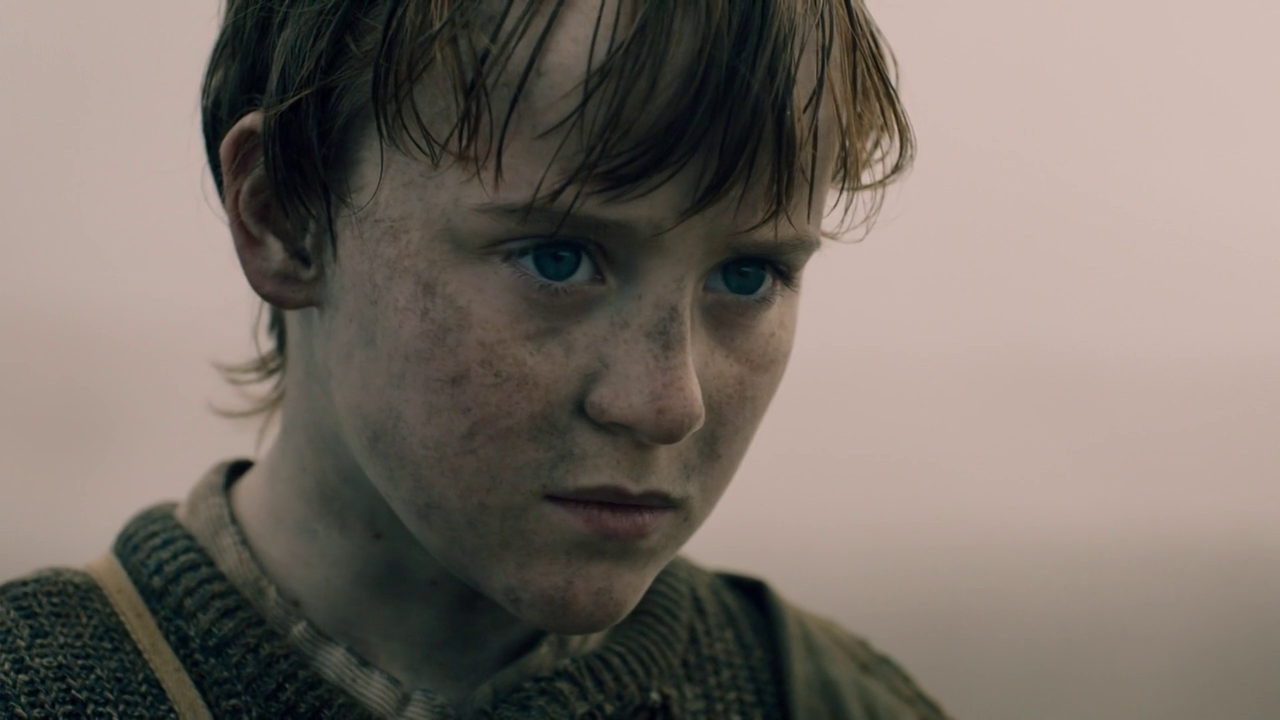

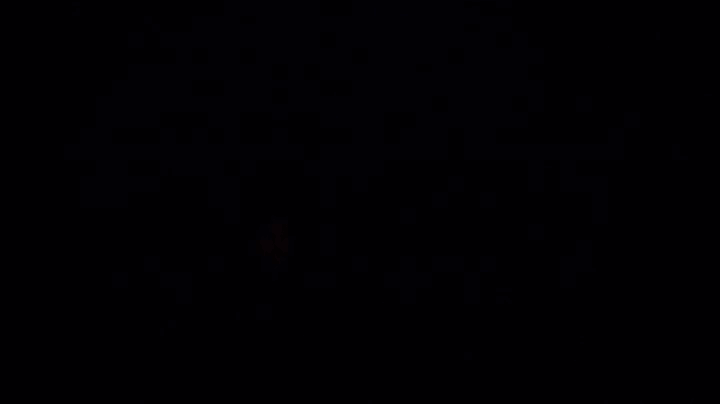

 week on his latest creation, an android named Ava who seemingly possesses artificial intelligence. Each day, Caleb interrogates Ava in a numbered “session,” made apparent to us through the use of interstitial title cards. Caleb dutifully examines Ava, then reflects afterwards with Nathan, conversations which serve to flesh out some of the film’s themes, ranging from art to human nature.
week on his latest creation, an android named Ava who seemingly possesses artificial intelligence. Each day, Caleb interrogates Ava in a numbered “session,” made apparent to us through the use of interstitial title cards. Caleb dutifully examines Ava, then reflects afterwards with Nathan, conversations which serve to flesh out some of the film’s themes, ranging from art to human nature.